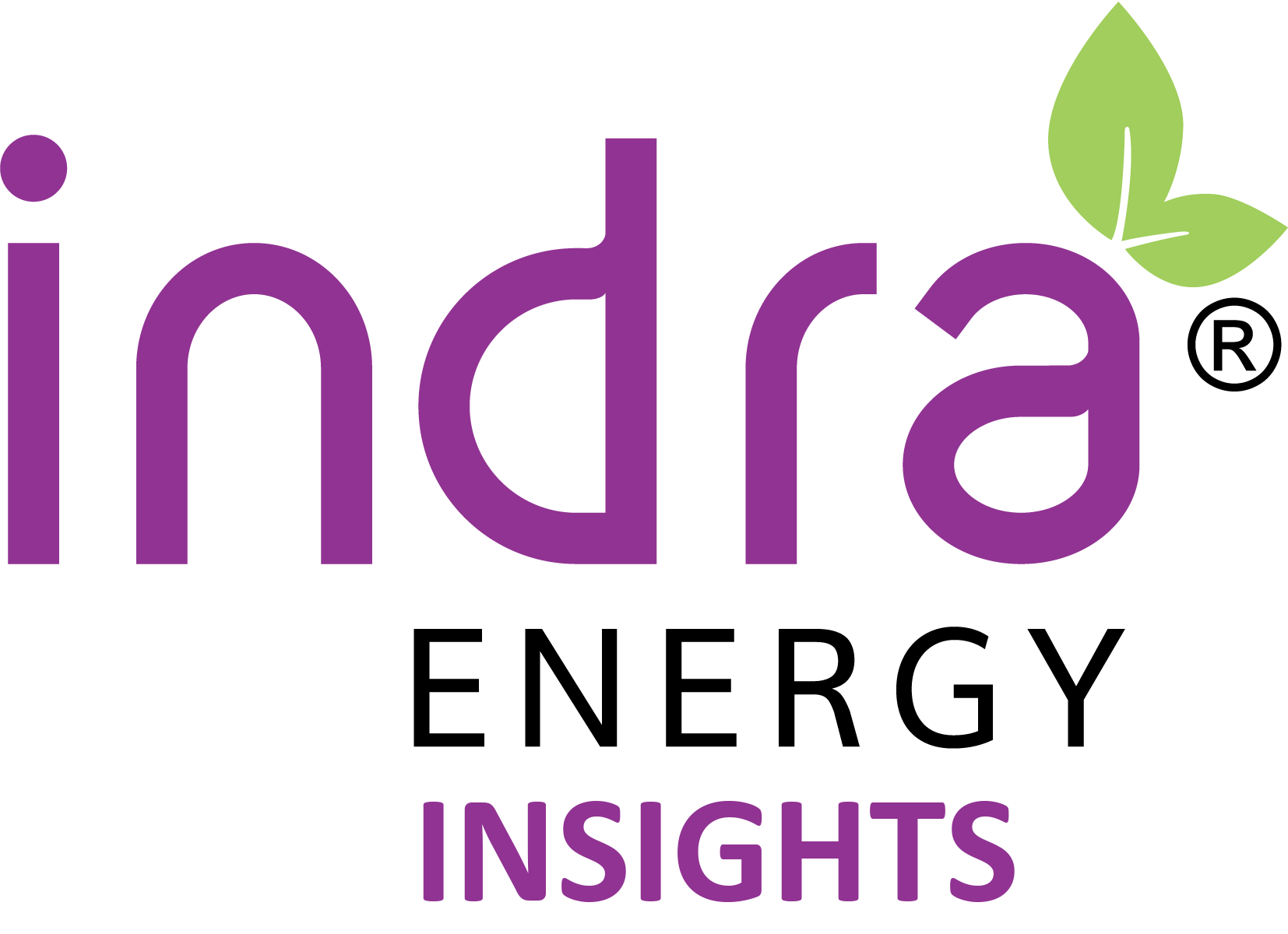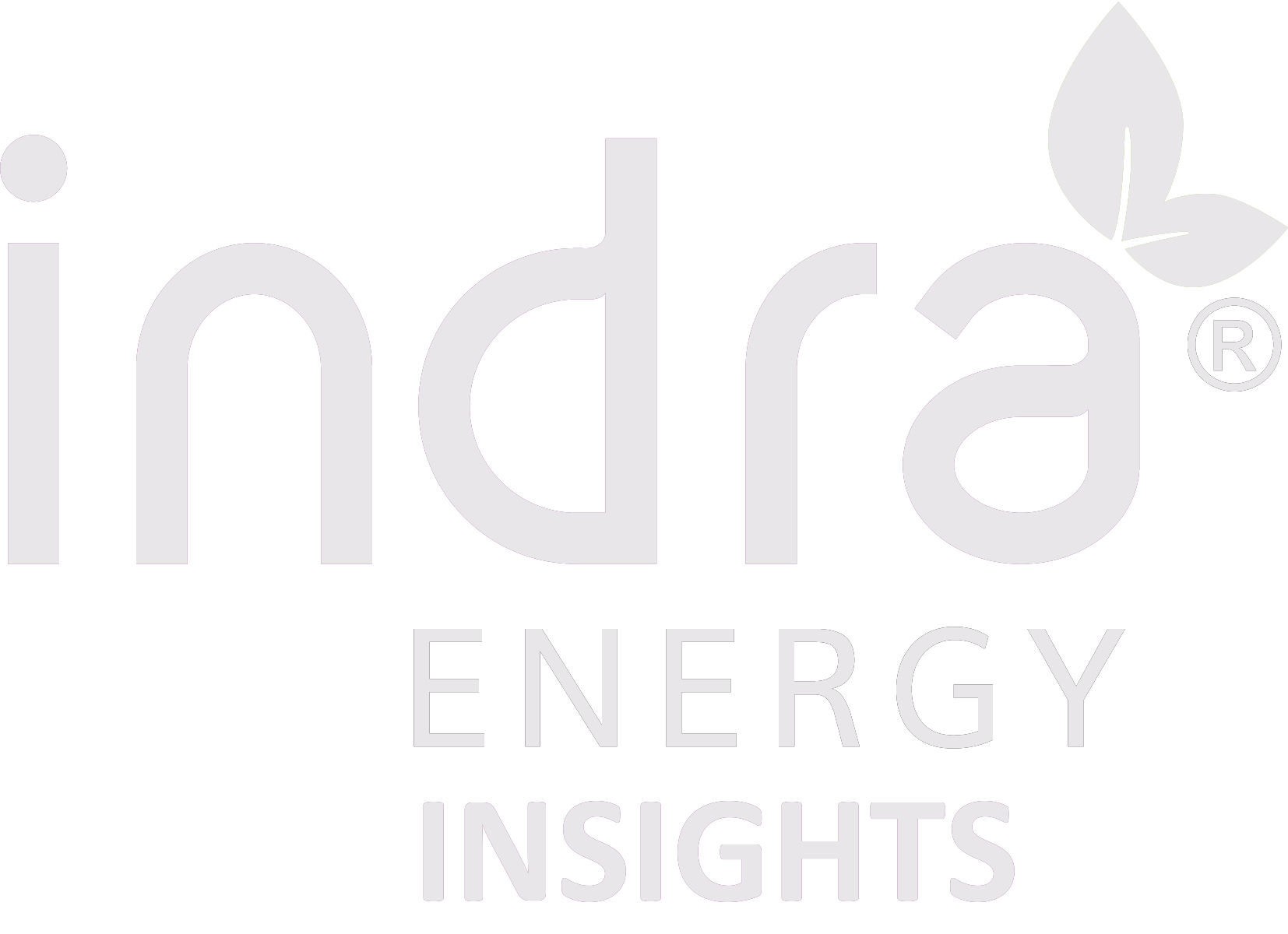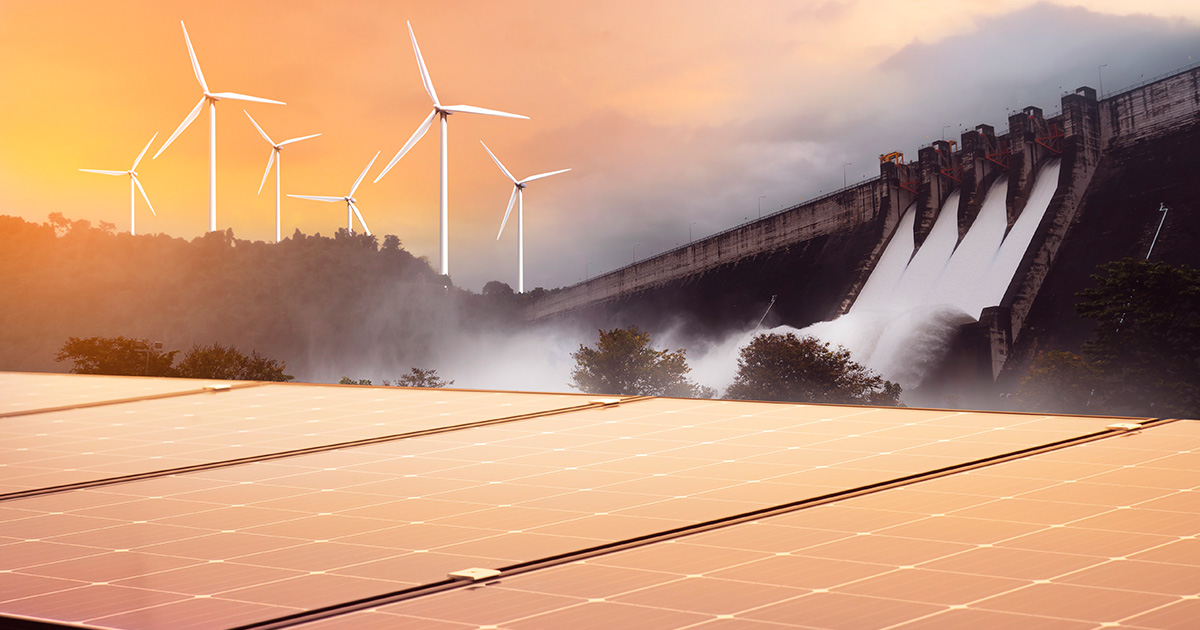You have probably heard the term “renewable energy” often in recent years…but what exactly does it mean? Renewable energy – also known as “clean energy” – is derived from natural resources or constantly replenishing processes. The sunlight or wind, for example, will continue to be produced day after day, even if their availability depends on the time of day or weather.
Renewable energy is often considered modern or relatively new technology. However, humans have been harnessing renewable resources for power for centuries. Consider how wind has been used to sail large ships across various civilizations or how the sun’s energy was used for kindling fires for warmth. In the last few hundred years, however, humans have increasingly turned to non-renewable sources of energy, such as fossil fuels, which include gas, coal, or oil.
Unlike clean, renewable energy sources, when you use non-renewable resources like coal or oil, you cannot replace them. Not only are non-renewable energy sources scarce, but they also create adverse side effects on human health and our environments, such as air pollution or toxic waste. Since there is a finite amount of these resources available on earth, and we cannot count on their availability forever, it’s wise to utilize renewable energy sources everywhere possible. They are safer for the environment and humans, plus the energy used is easily replaced.
Types of Renewable Energy
Solar
Solar or photovoltaic (PV) energy is often used to heat homes, businesses, water, or even power electrical devices. Solar energy uses photovoltaic cells made from silicon (or other materials) to convert sunlight into electricity. Some communities utilize solar farms to generate enough power for thousands of homes. Distributed solar systems can generate electricity locally for homes and businesses. This can be done with rooftop panels or through community projects that power entire neighborhoods.
Wind
Today’s wind turbines differ significantly from the windmills our ancestors may have used. Modern turbines can be as tall as skyscrapers and are used worldwide. Wind turbines create energy when the wind spins the turbine’s blades. This powers an electric generator and produces electricity. Turbines are built anywhere a wind-susceptible space is available, including hilltops, open plains, and even offshore in open water!
Hydroelectric
Hydroelectric energy uses fast-moving water to spin a generator’s turbine blades, creating electricity. This is often done in a fast-moving river or a river that has rapidly descending water. Across the US and worldwide, hydroelectric dams are relied on for energy. It’s important to note that since hydroelectric plants use dams to capture the water’s energy, they must be properly managed (especially large dams and plants) to not overly divert the water’s flow, which animals and other life depend on.
Biomass
Biomass is organic matter from animals or plants such as trees, wood waste, and crops. When biomass matter is burned, the chemical energy is released as heat and can create electricity using a steam turbine. Biomass is sometimes blindly referred to as a totally clean renewable energy source and a better option than fossil fuels. This can be true, but only under the right circumstances. It’s important to note that some studies show that some biomass sources (such as forest trees) produce relatively high carbon emissions. The best biomass energy option would be sawdust from a sawmill that would otherwise decompose and release carbon. For this case, the method can be a lower-carbon energy source.
Geothermal
Have you ever heard of enjoying or experiencing a natural hot spring? If so, you are familiar with geothermal energy! The earth’s core is extremely hot. Geothermal energy works when very deep wells are drilled. This process allows the hot water to rise to the surface. This hot water is then pumped through a turbine to create electricity. A positive about geothermal energy is that it generally has low emissions if the water and steam are pumped back into the reservoir after use. Geothermal systems can be initially expensive to install but typically pay off within 5 to 10 years.
Ocean
Tidal or wave energy harnesses the power of the moving water to create energy. This type of renewable energy is still in development, and what it does is constantly creates movement, ruled by the moon’s gravitational pull. One concern as tidal energy is being developed is to ensure that no wildlife is harmed through tidal barrages, which work similarly to hydroelectric dams that harness a quickly moving river’s energy.
Why Use Renewable Energy?
As we have mentioned, using renewable energy reduces carbon-based emissions and other negative health and environmental effects associated with non-renewable energy. Using clean, renewable energy in your home can help accelerate the transition toward a clean energy future! Even if you cannot immediately install a renewable energy device such as solar panels in your home or business, you can opt for electricity from a renewable energy source today!
How to Switch to Renewable Energy Today
While many types of energy are available to homeowners, utilizing 100% renewable electricity option or carbon offset natural gas option is a great idea to reduce your energy bills and go green. Are you wondering how you might learn more about a renewable energy source? Contact a trusted local provider, like Indra Energy, to learn more about 100% renewable electricity plans or carbon off natural gas plans.














